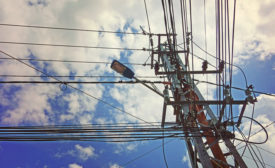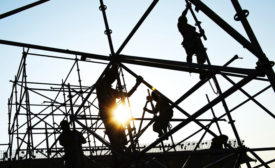Home » workplace safety
Articles Tagged with ''workplace safety''
Construction safety threatened by workforce shortages
Contractors identify strong safety programs as means to address skilled labor scarcity and substance abuse
September 10, 2018
Never miss the latest news and trends driving the safety industry
eNewsletter | Website | eMagazine
JOIN TODAYCopyright ©2024. All Rights Reserved BNP Media.
Design, CMS, Hosting & Web Development :: ePublishing








